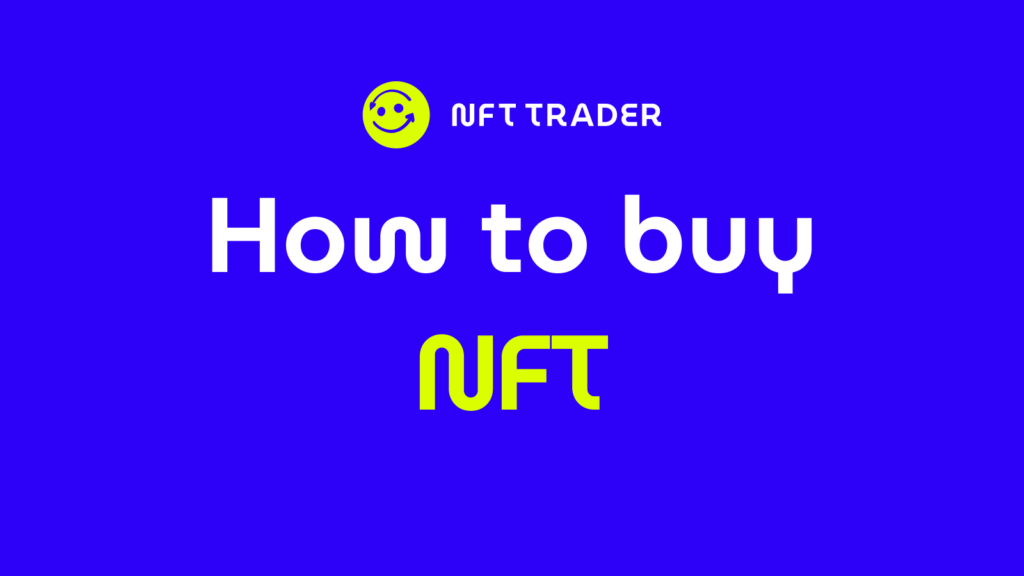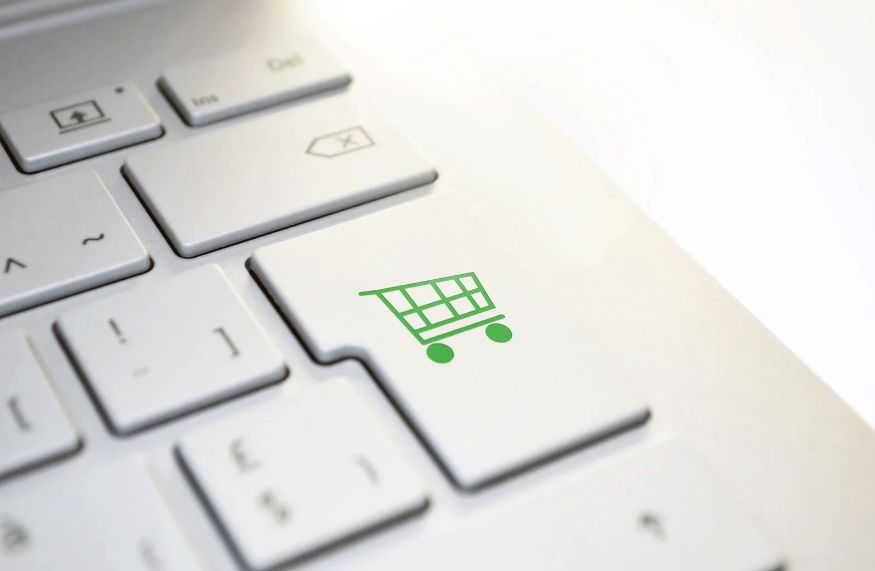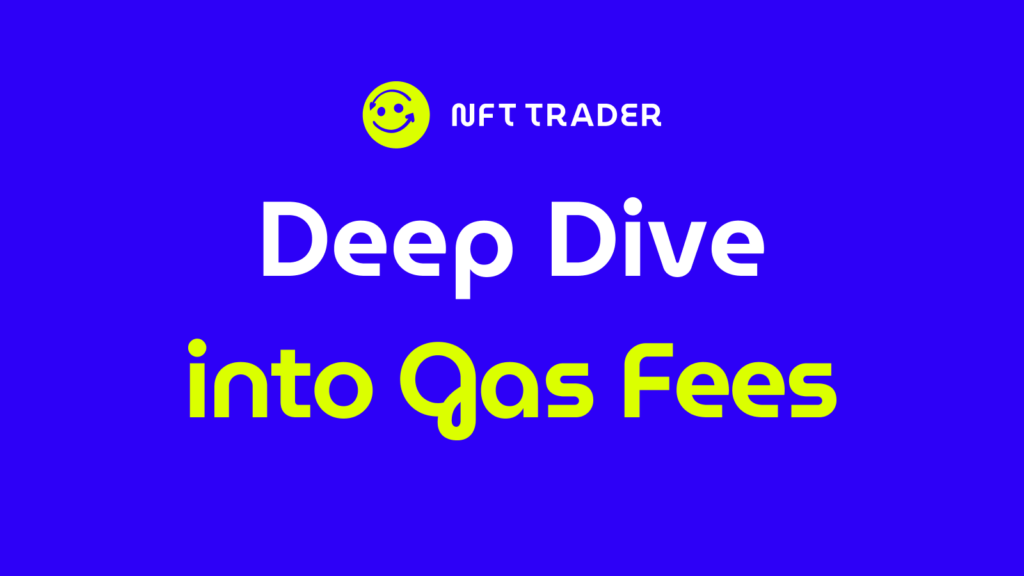How to buy your first NFT: guide to enter the digital asset market

Summary:
Understanding NFTs
Definition and Basics
An NFT, or Non-Fungible Token, serves as an exclusive manifestation of a digital asset on a blockchain infrastructure. Each NFT possesses distinct characteristics and has the potential to be associated with metadata reflecting its attributes, including visual content and other pertinent properties. Among these attributes, ownership of the asset stands out as particularly significant.
During the years 2020 and 2021, NFTs gained significant traction as a novel method for online self-representation, prominently through the utilization of Profile Pictures (PFPs), commonly depicting various animals such as apes, lions, and penguins.
Undoubtedly, there exists a diverse array of NFT categories, encompassing 1:1 art pieces, profile pictures (PFPs), metaverse land, tickets, and numerous additional classifications. This includes intricate variations like nested NFTs and related concepts, but if you’re interested to discover something more related to NFTs, we suggest to take a look at: What is an NFT and how does it work? A comprehensive guide
Why Buy NFTs?
To develop a comprehensive understanding of NFTs, the initial step involves acquiring ownership of at least one, thereby facilitating an insight into their practicality. Foremost, the notion revolves around community engagement. Prominent profile picture (PFP) collections inherently attract users, affording the opportunity to garner social interactions by showcasing esteemed NFTs in the form of a PFP.
Additionally, the experience extends to the potential participation in token-protected content, whether in real life or within digital realms, thereby fostering the establishment of novel connections.
It’s imperative to acknowledge that the original intent behind NFTs was to provide support for artists by facilitating on-chain royalties for their creative work.
Preparing to Buy NFTs
Selecting a Wallet
To initiate the acquisition of an NFT, the first requirement is the possession of a wallet. The selection of this wallet holds profound significance as it serves as the foundational element for asserting ownership over various token standards, akin to a bank account in essence. A diverse spectrum of wallets exists, some aligned with NFTs, while others are more closely associated with DeFi. It is recommended to opt for the widely recognized options that align with your needs.
Once a wallet is chosen, during the setup phase, utmost attention should be given to storing the recovery passphrase. This element bears immense importance, for its loss would result in an inability to retrieve assets stored within the wallet, rendering them irretrievable if the wallet itself is lost.
Choosing a Blockchain
Coupled with the process of wallet selection is the crucial decision of choosing the appropriate blockchain. NFTs are not exclusive to a single chain, such as Ethereum; they can also exist on alternative chains like Polygon, Avalanche, Arbitrum, Optimism, Binance Chain, and several others. It’s worth noting that the ones mentioned are EVM-compatible chains, functioning similarly to Ethereum.
Distinct blockchains like Flow, that are not EVM, have introduced innovative features and established their distinct NFT ecosystems.
Funding your wallet
Once a blockchain has been selected, the subsequent step involves funding the chosen wallet. This process offers a variety of options contingent on the specific blockchain in use and the services offered.
Primarily, one option involves sourcing funds for the wallet through a Centralized Exchange (CEX). This entails purchasing the desired cryptocurrency through methods such as credit card transactions, if available, or alternatively initiating a bank transfer to the CEX. Once the fiat funds become accessible, the cryptocurrency of interest can be acquired.
Following the cryptocurrency acquisition, the next phase involves transferring the acquired crypto funds to your web3 wallet.
Exploring NFT Marketplaces
Overview of Top Marketplaces
The optimal approach to purchasing an NFT is to utilize well-established platforms that enjoy the trust of the entire NFT space. Within the NFT landscape, various marketplaces exist, each offering a multitude of features, and some even provide additional benefits and utilities. The onus lies upon the user to discern and select the platforms that align with their specific requirements.
Moreover, when selecting a platform, it’s essential to consider factors such as reputation, user feedback, security measures, and the range of available NFT collections. This thorough evaluation will contribute to a seamless and secure NFT acquisition experience.
We’ve also touched this argument here: Best NFT marketplaces: top 5 platforms 2023
Creating an Account
Typically, establishing an account on an NFT Marketplace involves a straightforward procedure. Essentially, the end user is required to link their wallet to the platform, after which they can proceed to configure their profile within the marketplace’s dedicated profile section. This segment typically permits the inclusion of a biography, social information, and other pertinent general details. This personalized profile setup enhances the user’s engagement and interaction within the marketplace community.
Browsing and Researching NFTs
An important feature for all those NFT marketplaces is the research of multiple stuff like:
- User Profiles
- Collections
- NFTs
All those infos are very important because it’s possible, for an end user, to understand how many users own an NFT from that collection, which are the metadata of specific NFT and collection infos, like social contact, website and multiple other informations.

Buying Your First NFT
Selecting an NFT to Buy
With all preparations in place, the next step involves the actual acquisition of the NFT. Foremost, it is crucial to identify a community that resonates well with your interests. To ascertain compatibility, the initial undertaking is to engage with the community through participation in social channels such as Discord or Twitter. This proactive involvement not only fosters an understanding of the community’s dynamics but also lays the foundation for a seamless integration and interaction throughout the NFT acquisition process.
Once you’ve found your community, it’s time to acquire an NFT, but for do that, you’ve to keep in mind that all NFTs are unique and with different traits. Just take a look at this article to gather more informations: Value of NFTs: a definitive guide to determining their worth
Understanding Fees and Costs
Upon identifying the NFT that piques your interest, you’re on the cusp of completing the acquisition process. However, before finalizing the transaction, it’s imperative to gain a comprehensive understanding of the total cost associated with the purchase.
Essentially, the formula for calculating NFT acquisition costs encompasses several key components:
NFT acquisition cost = NFT Seller Value + Gas Fees
This simple formula represents that amount of cryptocurrency that you’re going to pay to obtain the interested NFT, but if you’re looking for a more detailed overview of an NFT cost we’ve explained it here: Understanding the Cost of NFT: A Deep Dive into NFT Gas Fees
Making the Purchase
Once you have comprehensively grasped the entire acquisition process, including all associated costs linked to obtaining an NFT, you’re well-prepared to proceed. Simply move ahead to the checkout stage, where you will initiate the transaction and dispatch it to the blockchain. Upon the successful processing of the transaction, the NFT will officially become a part of your collection. Congratulations on this accomplishment!



